The outside world has never been lacking for ways to dispatch you into the next plane of existence. Our nightmares are dominated by venomous snakes, shark bites, and wolf attacks, but you’re far more likely to die from a mosquito bite, the source of which kills more people than any other creature.
We’re also very adept at dispatching one another. Man is the second deadliest animal, killing a half million fellow humans annually. Man’s best friend isn’t very friendly on this count, either, by the way. Dogs account for 99 percent of human deaths from rabies, which kills about 60,000 of us each year.
None of this is to say you can’t die from a snakebite or bleed to death in a shark attack or get torn apart by a wolf. You definitely can. And this is an outdoorsy crowd, we’ll focus on the wild animals, like these, that are most likely to do you in while you’re out enjoying nature. Here are the top 10.
1. Mosquitos
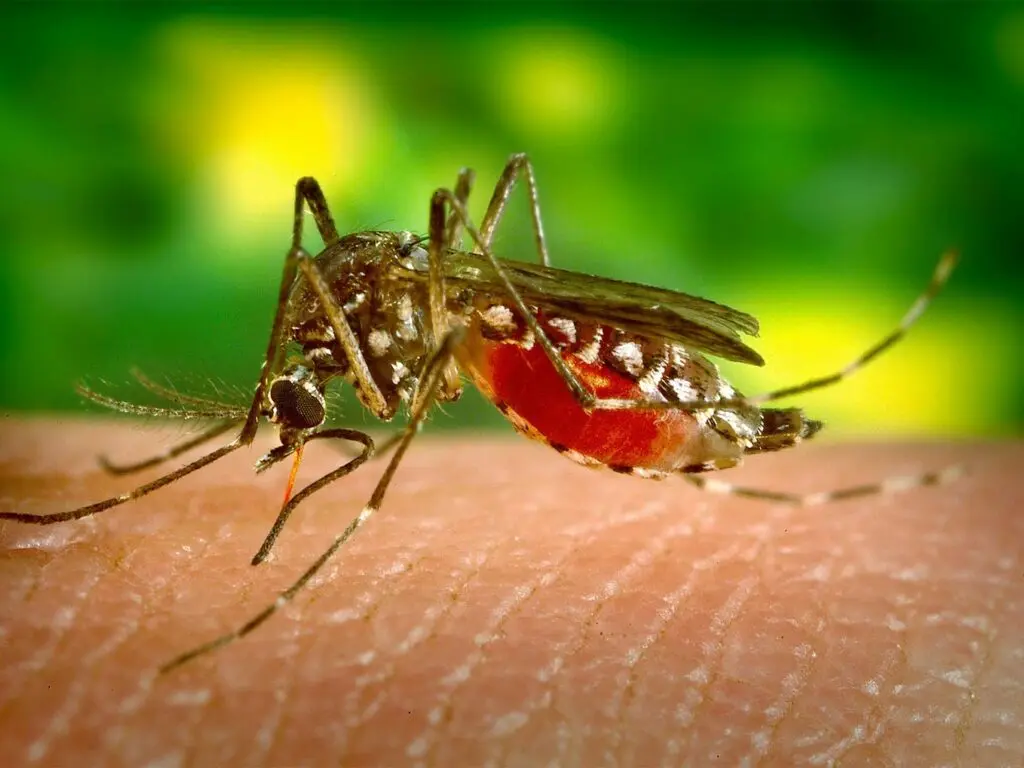
Mosquitoes kill roughly three-quarters of a million people each year. Credit: skeeze from Pixabay
The most lethal and fearsome animal on earth is…the mosquito, which kills about 750,000 people a year. Experts conjecture that over the millennia as many as 50 percent of all the people who ever lived may have died of mosquito-borne diseases. In origin myths from Siberia to North America, the mosquito is often depicted as arising from the ashes of man-eating giants to plague us like the nasty blood suckers they are. The bug is able to post such impressive numbers because it is a vector for all kinds of potentially fatal diseases, including malaria, yellow fever, Chikungunya, dengue fever, Japanese encephalitis, West Nile, and Zika. It’s only the female mosquito that bites us and feeds on our blood, a fact about which I am definitely not going to say anything further. (The males mostly feed on plant nectar.) Mosquito saliva contains chemicals that reduce the clotting of blood and dilate the blood vessels for easy drinking. Scientists study mosquito saliva in hopes of developing anti-clotting agents to save lives. So, from a research perspective mosquitoes are not entirely evil. Otherwise, they totally are.
2. Snakes
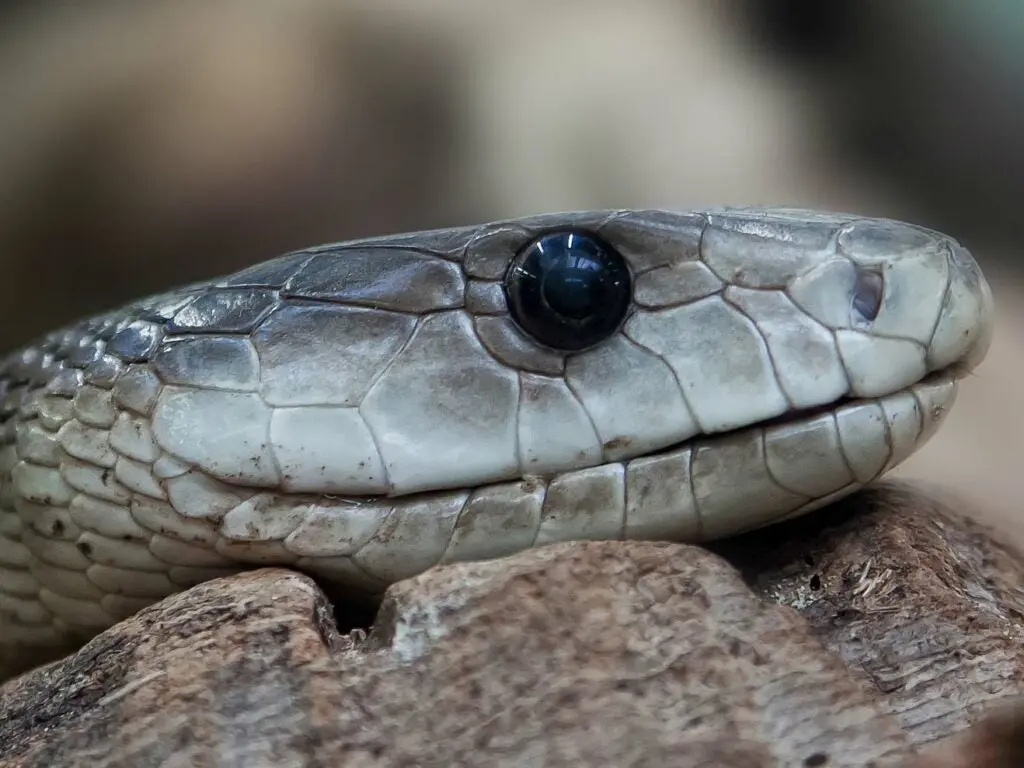
Snakes, like this black mamba, kill about 100,000 people per year. Foto-Rabe from Pixabay
On average, snakes kill less than one person per year in the US, though the 2000s were exceptional, with 14 total deaths for the decade. (This includes a woman in Ohio whose Urutu pit viper turned out not to be such a great pet.) But around the world, it’s a different story. Although many snakebite fatalities take place in rural areas and are never reported, experts put the number of snake-induced fatalities at around 100,000 per year. Marquee snakes like the king cobra and black mamba figure prominently in our fears of deadly snakes—mine anyway—but the snake responsible for the most fatalities is the saw-scaled viper, which maxes out at just 3 feet long. It lives in India, parts of the Middle East, and in Africa, north of the equator. It gets its name from the fact that when threatened it rubs its scales together, producing a scraping, hissing noise sort of like a rattlesnake’s rattle. The snake is especially deadly for a number of reasons. It doesn’t mind living close to humans. It’s active at night, when people can’t see where they’re walking. And its venom attacks your nerves, heart, blood, and cells all at once. Also, it’s grumpy and lightning-fast.
3. Freshwater Snails

They don’t look very deadly, but freshwater snails account for about 35,000 deaths per year. Nature Picture Library/Alamy
The main thing I’ve learned while writing this story is that, health-wise, it pays to be born in a rich country. Nobody in America dies from snails. There are about 4,000 species of snails worldwide and most are benign. But some freshwater snails carry a disease that kills about 35,000 people each year, nearly all in poor and developing countries. The disease is schistosomiasis, aka snail fever. And neither you nor the snails have to bite the other. The snails secrete tiny parasitic flatworms into water sources. These worms bore through the skin quite easily. They leave no mark and neither sting nor itch. Schistosomiasis is especially prevalent among young children playing in contaminated water. It’s not the flatworms themselves that do you in. It’s their eggs, which spread throughout the body, hatch, and then want to get out again. The disease causes coughs, fever, chills, diarrhea, and gland enlargement. If the eggs travel to your brain or spinal column, seizures, paralysis, and spinal-cord inflammation are possible. About 250 million people a year are infected with schistosomiasis. Of that number, estimated fatalities range between 4,400 and 200,000. The disease can be difficult to diagnose, and it occurs mostly in countries where there are already lots of other diseases. So an average of 35,000 is just the experts’ best guess. It could be a lot more.
4. Kissing Bugs

This ugly bugger bites you around your lips and carries a disease that kills about 12,000 people yearly. Anton Sorokin/Alamy
Chagas disease kills about 12,000 people each year and is spread by a subfamily of insects known as kissing bugs (for their tendency to bite the soft skin around the mouth). They’re also known as conenose bugs or vampire bugs. They carry the protozoan parasite T. cruzi, which causes Chagas disease. The disease affects millions annually. What happens is that the parasite gets into your body, spreads, and then slowly causes organ failure, quite often of the heart. A Wikipedia image of a Chagas-damaged heart looks like a worn-out sock. Organ failure can take from 10 to 30 years. Death occurs in less than 5 percent of those affected, but so many carry the disease that a small percentage is still a lot of people.
5. Tsetse Flies
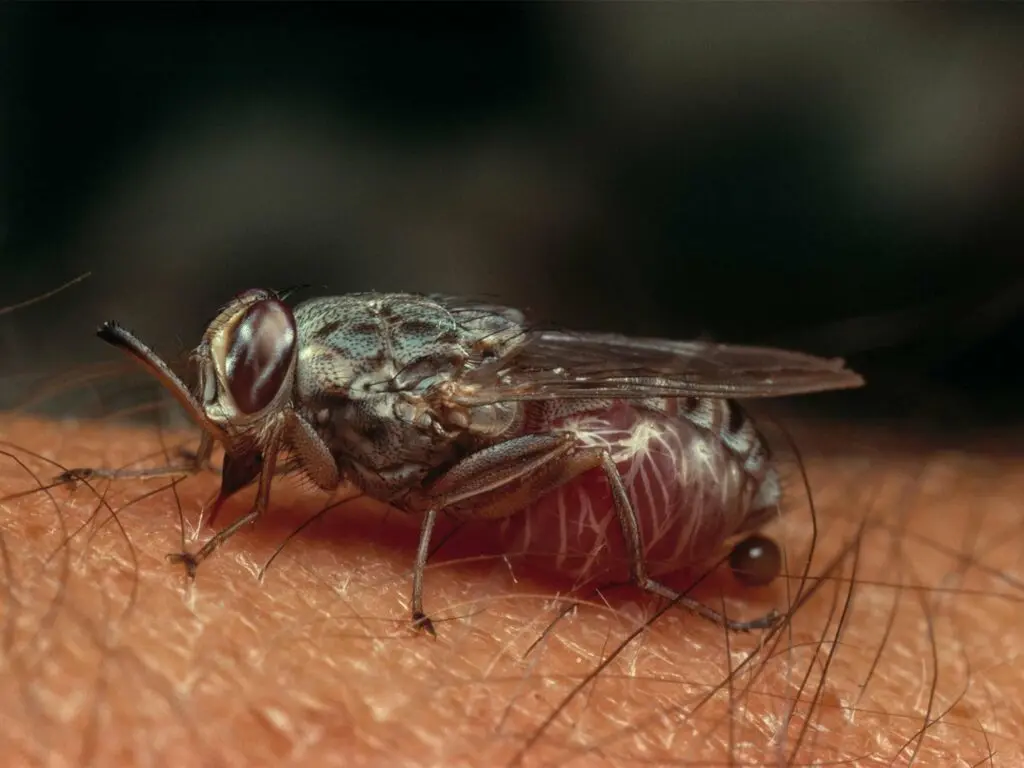
The tsetse fly transmits a highly lethal disease called African sleeping sickness, which infects about 7,000 people a year. Avalon/Photoshot License/Alamy
Tsetse flies are big, biting flies that live in tropical Africa and can be distinguished by their long proboscis and the way they fold their wings so that one rests directly atop the other. Tsetse flies spread the parasitic infection that causes African sleeping sickness, a disease that is 100 percent fatal without treatment. A few weeks after being bitten, the patient develops confusion, poor coordination, numbness, and difficulty sleeping. Then you die. Treating sleeping sickness is notoriously difficult. There are drugs, but they must be administered with great care and parasite resistance to them is always a risk. Current efforts are targeted more to control the bugs themselves. In years past, African sleeping sickness was responsible for killing as many as 500,000 people each year by some estimates. In 2012, infections were estimated at just 7,000 cases. Various control efforts are credited with reducing the number of tsetse flies. The use of traps with blue cloth surfaces is effective, since the flies are attracted to the color. (Nobody really knows why.) One theory of why zebras developed striped coats is because it confuses tsetse flies.
6. Crocodiles
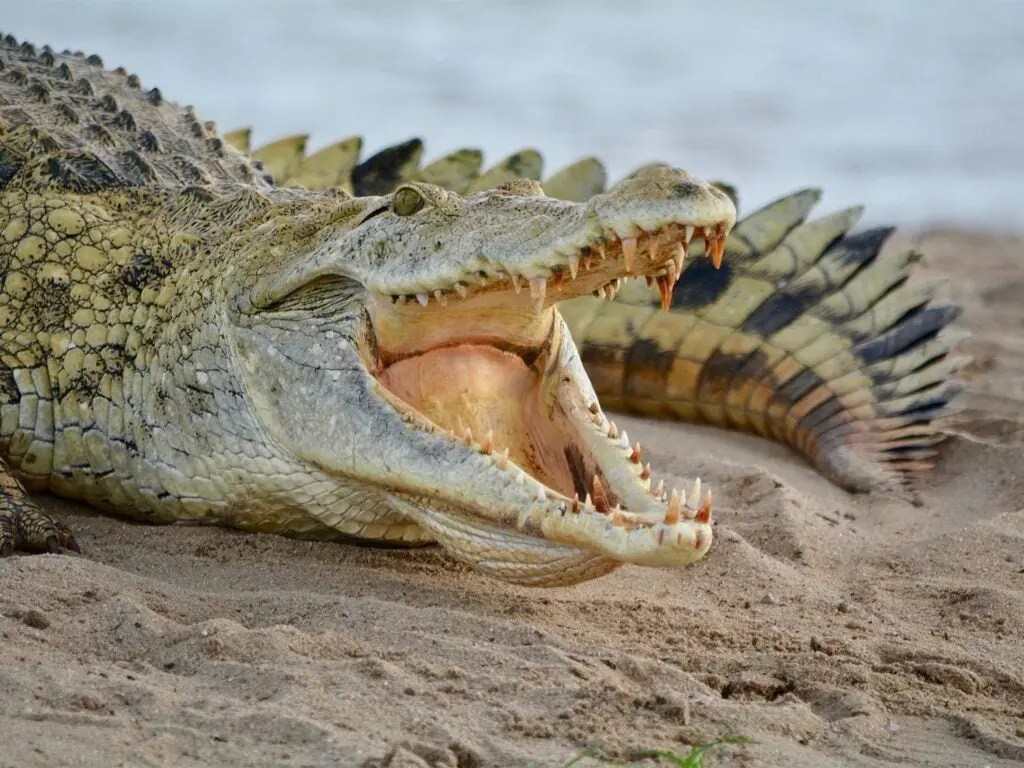
The crocodile is the world’s most lethal large animal, killing up to 4,500 people yearly. jimmy di lorenzo from Pixabay
When it comes to human mortality caused by large animals, the crocodile is king, killing between 1,000 and 4,500 annually. Reliable statistics are, once again, hard to come by because attacks take place in rural areas of poor countries where reporting to a government office is not a high priority. The two species that account for the majority of fatalities are the Nile crocodile, which is found in 26 countries in Africa, and the saltwater croc, found in Southeast Asia, Australia, New Zealand, and the Philippines. In fact, the largest croc ever in captivity was a 20-foot, 3-inch saltwater crocodile from the Philippines named Lolong, which died in 2013. He weighed 2,370 pounds and was suspected in a number of fatal attacks. Crocodiles have been around since Mesozoic times and have been preying on humans ever since we showed up. We’ve always been scared of them. Ancient Egyptians relied on charms of the crocodile-headed god Sobek to protect them against the predators.
7. Elephants
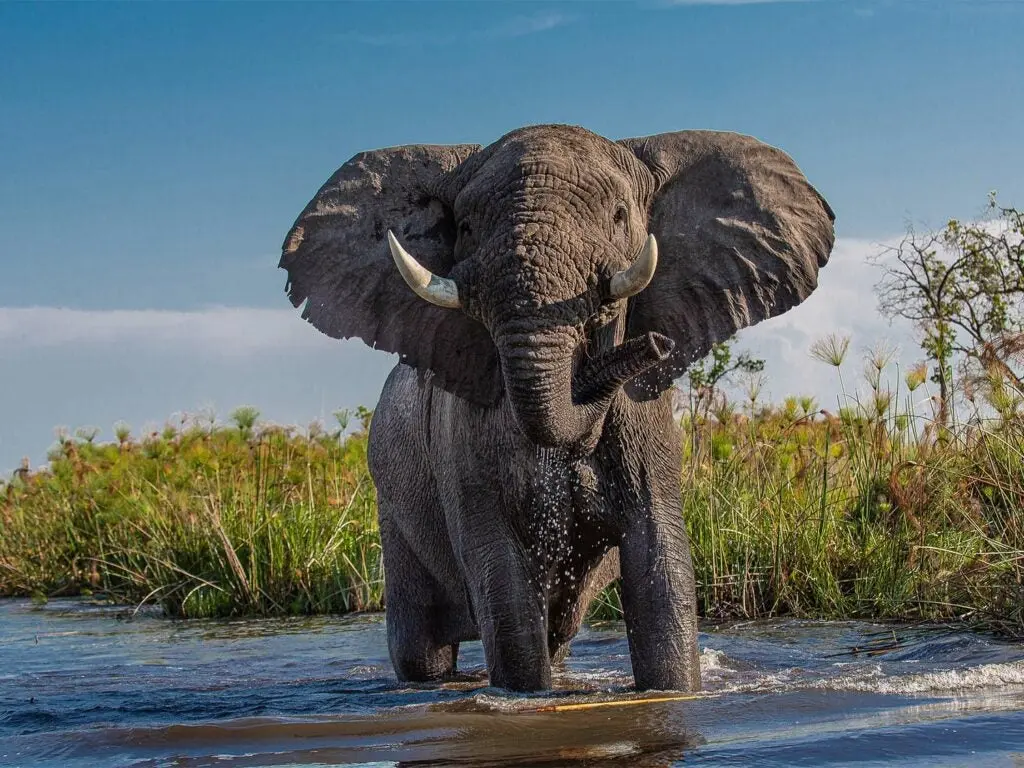
Always dangerous, elephants kill about 500 people annually. Geschenkpanda from Pixabay
Elephants are our biggest land mammal, up to 11 feet tall at the shoulder and 15,000 pounds. They’re smart. Trained working elephants can respond to up to 30 commands. They’re also emotional. Like us, they form complex social relationships. Like us, they mourn their dead. Like us, they can lose their cool fast. The difference, of course, is that they’re about 50 times more powerful than we are. Elephants kill about 500 people each year. Some are trainers who have been with a given animal for decades but somehow forget that “trained” is not at all the same thing as “domesticated.” Others are people in Youtube videos who harass wild elephants and wind up getting trampled death. As elephant habitat shrinks, the animals are increasingly coming into contact with farmers when the animals raid farm crops at night. Not infrequently, a farmer will try to scare off raiding elephants, often with fatal results. Death by elephant, incidentally, is not pretty. They can spear you with their tusks, asphyxiate you, stomp on you, and throw you. An elephant is never not potentially dangerous.
8. Hippos
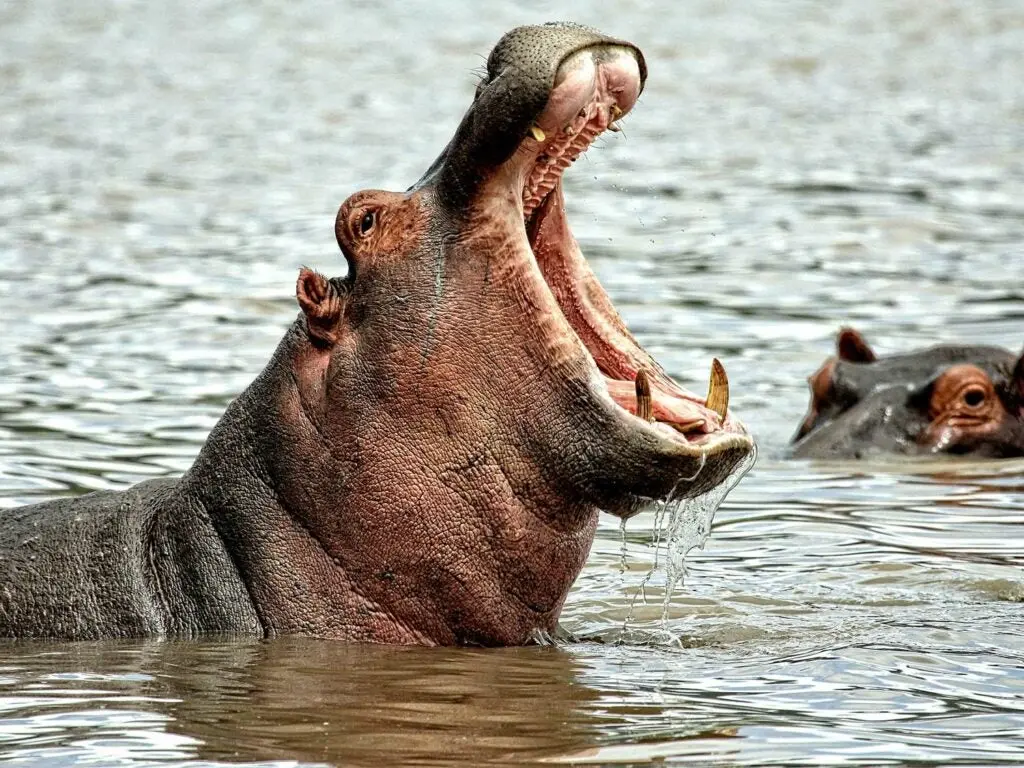
Like elephants, hippos kill about 500 people each year. Sylwia Głowska from Pixabay
Hippos are native to Sub-Saharan Africa and are the third-largest land mammal, after elephants and rhinos. Their closest living relatives are the cetaceans, marine mammals that include whales and dolphins. Hippos weigh up to about two tons and, like elephants, kill about 500 people a year. They spend the day wallowing in the mud of rivers, lakes, and mangrove swamps. Males are territorial and often preside over a group of from five to 30 females. The earliest evidence of human-hippo interaction comes from knife marks on hippo bones dated to 160,000 years ago. Hippos have never forgotten this and have been seeking revenge ever since. They will charge and flip boats if their territory is violated. They fiercely protect any potential threats to their young. At night, hippos come ashore to feed and can be highly aggressive and short-tempered. A surprised hippo’s motto seems to be “bite first and ask questions later.” Hippos’ teeth can grow to 20 inches long. In 2011, a South African farmer named Marius Els was killed by a pet hippo he had raised from the time it was 5 months old. The hippo was named Humphrey. “I trust him with my heart that he will not harm anybody,” Els said. One Saturday evening an ambulance was dispatched to his farm. Els had been bitten several times and held underwater. He was pronounced dead at the scene. There was no sign that Humphrey mourned his owner’s passing.
9. Wolves
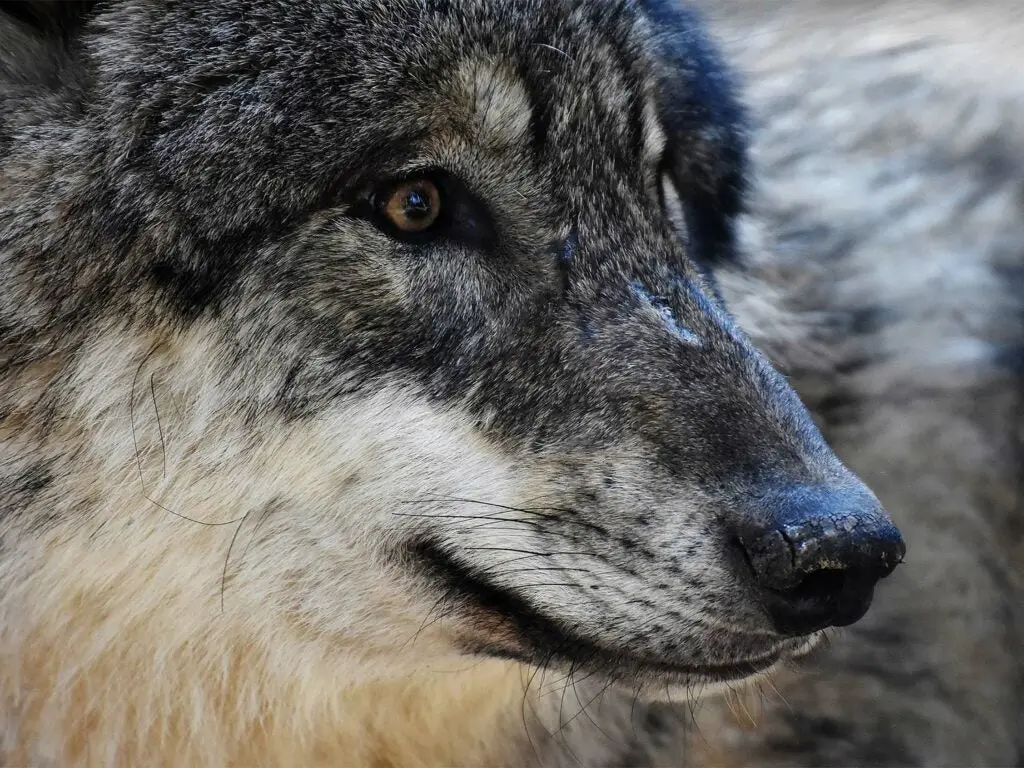
There’s a common misconception that wolves rarely if ever kill humans. In truth, they kill about 10 per year. Alexas_Fotos from Pixabay
Wolves are thought to kill about 10 people worldwide each year. By the 1970s the number of wolves in the U.S. had dropped, leading animal-rights advocates to state some variation of the idea that “there has never been a documented case of a healthy wild wolf attacking a human in North America.” You don’t hear that statement anymore because it’s not true. There was a wolf attack in May of 2020 in British Columia, when a man was attacked and bitten in the legs and arm by a wolf. In the same month, a wolf attacked the herd of a shepherd in Germany, circling the man as close as 10 meters for 45 minutes as he kept it at bay with sticks and stones. In 2010, Candice Berner, a jogger in Chignik, Alaska, was found dead along a roadside by a snowmobiler. There were wolf tracks in the snow all around her. Wolves vary widely in their reaction to humans. Those who are accustomed to raiding garbage and living in proximity to people often lose their fear of us. Such wolves are likely to stage predatory attacks on people when other food becomes scarce. In Iran, 329 people were given treatment for rabid wolf bites in 1996. In 1876 in India, 721 people were killed by wolves in a single year. Between 1989 and 1995, 92 people were killed in a single state in eastern India.
10. Sharks
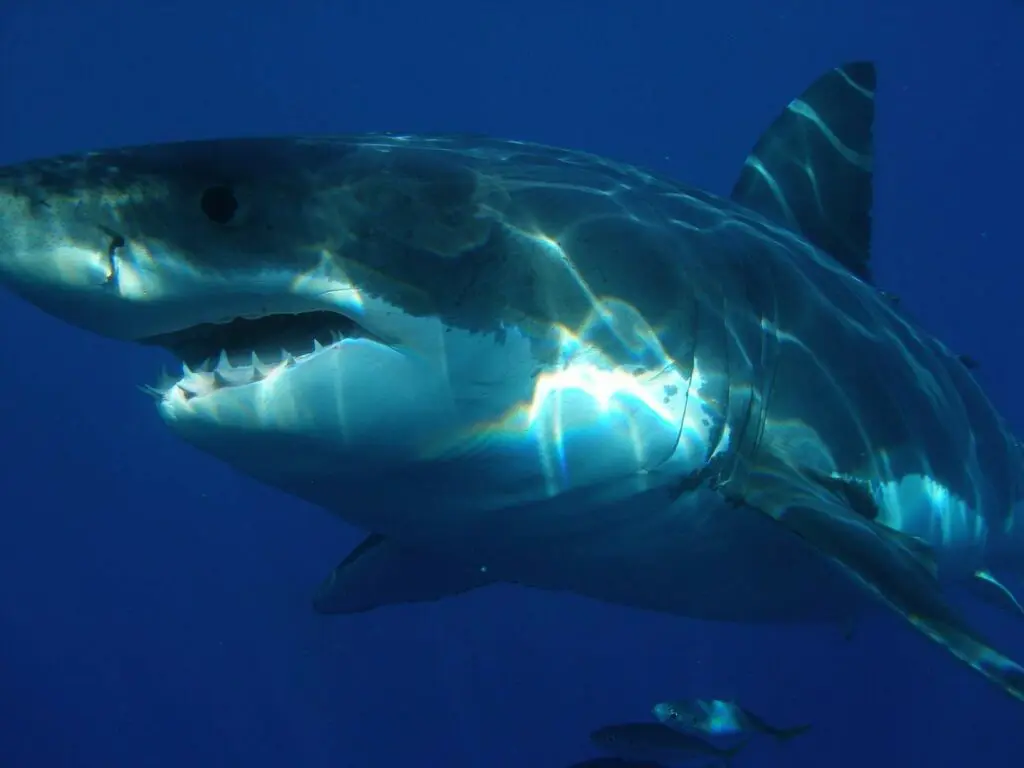
About seven deadly shark attacks are reported each year, but the actual number of deaths by shark is probably higher. skeeze from Pixabay
According to the International Shark Attack File, in the 60 years between 1958 and 2018 there were 2,785 shark attacks around the world, including 439 fatalities. That works out to more than seven deaths annually, but the total is likely higher. Again, this is because there is no reporting mechanism or recordkeeping in many third-world nations. Great white, bull, and tiger sharks are the species thought to be involved in most attacks. In the U.S., there’s an average of 16 shark attacks each year, with a fatality every two years. There was already one in 2020, a 26-year-old surfer in Northern California who was killed within 100 yards of shore at Manresa State Park. The U.S. has the highest number of shark attacks in the world (led by New Smyrna Beach in Florida), but Australia has the greatest number of fatal attacks. Since 2000, there have been 16 fatal shark attacks along that country’s west coast.






